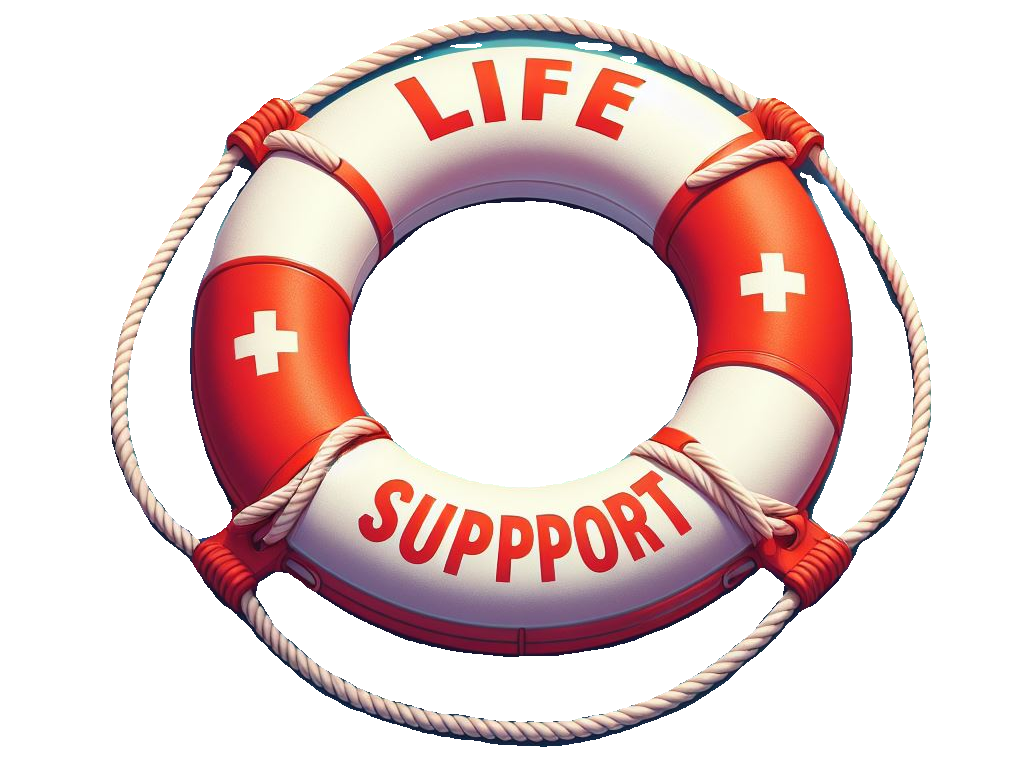
You’re going to find out about a condition that’s known to stick around much longer than your average cough. Pertussis, more commonly referred to as the 100 day cough or whooping cough, is a highly contagious bacterial infection that sweeps through the respiratory tract.
In my experience, understanding whooping cough means knowing the causative agent, which is the bacterium Bordetella pertussis. This pesky microbe latches onto the lining of the airways and produces toxins that lead to severe coughing episodes.
This isn’t just about a persistent cough; it’s also about public health. Pertussis is notorious for its outbreaks, especially among unvaccinated children and adults with waning immunity. It’s crucial to be aware of the infection because it holds implications for communities, schools, and hospitals, with newborns and infants being particularly at risk.
If you’re trying to distinguish between a regular cough and the 100 day cough, pay attention to the symptoms. In the early stages, pertussis masquerades as an ordinary cold. However, as it progresses, the tell-tale signs become more apparent.
Now what sets pertussis apart? The answer lies in its unique and severe coughing fits followed by a ‘whooping’ sound, which makes it distinct from other respiratory infections. Understand that pertussis isn’t a condition you want to second-guess if someone at risk is in your household.
Recognizing the Symptoms: What to Look Out For
When pertussis first knocks on your door, it’s a sneaky visitor. You might think it’s just an ordinary cold. In the beginning, symptoms are tame – a runny nose, a mild fever, and a bit of a cough. It’s easy to brush them off, but here’s where you need to pay attention.
As days turn into weeks, that mild cough starts fitting the ‘100 day’ moniker. It evolves into a severe, hacking cough that refuses to let up. You’re going to experience coughing spells that end with a whooping sound when you try to breathe in air. In infants, this might not be as noticeable, and sometimes, they don’t cough. Instead, they struggle to breathe, or worse, they momentarily stop breathing.
Don’t underestimate these coughing fits; they’re intense. They can lead to vomiting, red or blue face, and extreme fatigue. It’s taxing on the body, and complications like pneumonia can sneak in, which you definitely don’t want.
This isn’t just a two-week story. Pertussis has phases like a treacherous trip. The initial phase, as I mentioned, could be confused with a cold and might last for a week or two. Following this, the severe coughing kicks in for up to 10 weeks or more. Finally, you’ve got the convalescent phase, where symptoms slowly fade, but the cough can stick around like an unwanted guest at a party.
If you’re reading this and it’s clicking with symptoms you or a family member are facing, it’s time to give your doctor a call. Especially with young kids or elderly members in your home, getting ahead of pertussis is critical for their safety and your peace of mind.
Treatment and Prevention: Empowering Individuals with Knowledge
I’m going to walk you through the crucial steps for treating and preventing Pertussis, so you can be prepared and proactive. When it comes to treatment, catching Pertussis early is key. Antibiotics can be effective, especially when started before that notorious cough really sets in.
In the prevention department, vaccines are at the forefront. They’re not just a personal safeguard; they’re the cornerstone of herd immunity which helps protect people at risk, such as newborns and those with weakened immune systems.
That’s going to include staying up to date with vaccinations like the DTaP for kids and the Tdap booster for adults. Trust me, it’s far better to stay ahead with these shots than to regret it down the line.
But it’s not all about medicine. Simple hygiene practices, like regular hand washing and using tissues, can make a big difference. You’re going to find out about how much of a positive impact these habits can have if you commit to them.
If you’re a caregiver or parent, education goes a long way—know the signs and act swiftly if you suspect exposure or illness. There’s a lot of opportunity to prevent the spread by keeping affected individuals away from public spaces until they’re no longer contagious.
You can always adjust your approach down the road, based on public health guidance and personal circumstances. Choose something that resonates with you and fits your lifestyle, but always put health and safety first.
The reason for me writing about this topic is because I’m experiencing the same thing or at least something very similar.
My symptoms started on New Years Eve with a very slight cough, and then the following morning, New Years Day, this year 2024, the coughing worse and picked up pace each day from that point.
I’m still experiencing symptoms, now in March, and have moved onto another medication, Montelukast, which appears to be working. One tablet to be taken in the evening before bed. One week in and slowly starting to get relief from this, although the Doctor still say that relief from it could take up to 4 weeks.
Feel free to drop a comment in if you have experienced something similar or if Montelukast has worked for you, maybe you found another cure or remedy. I’d love to hear about it.
